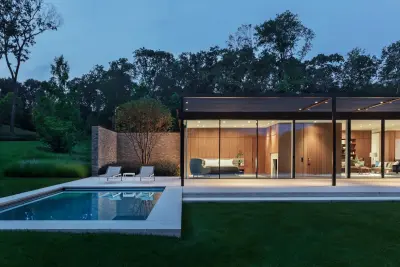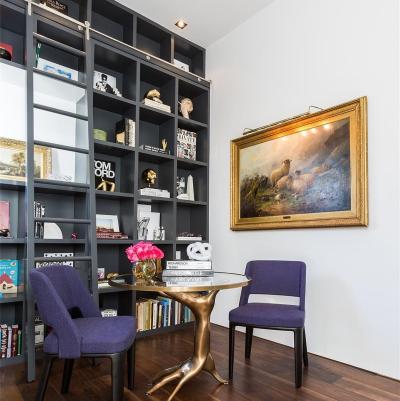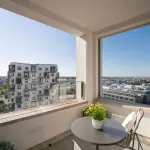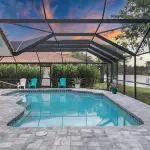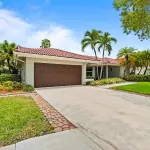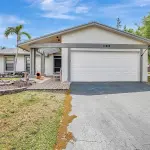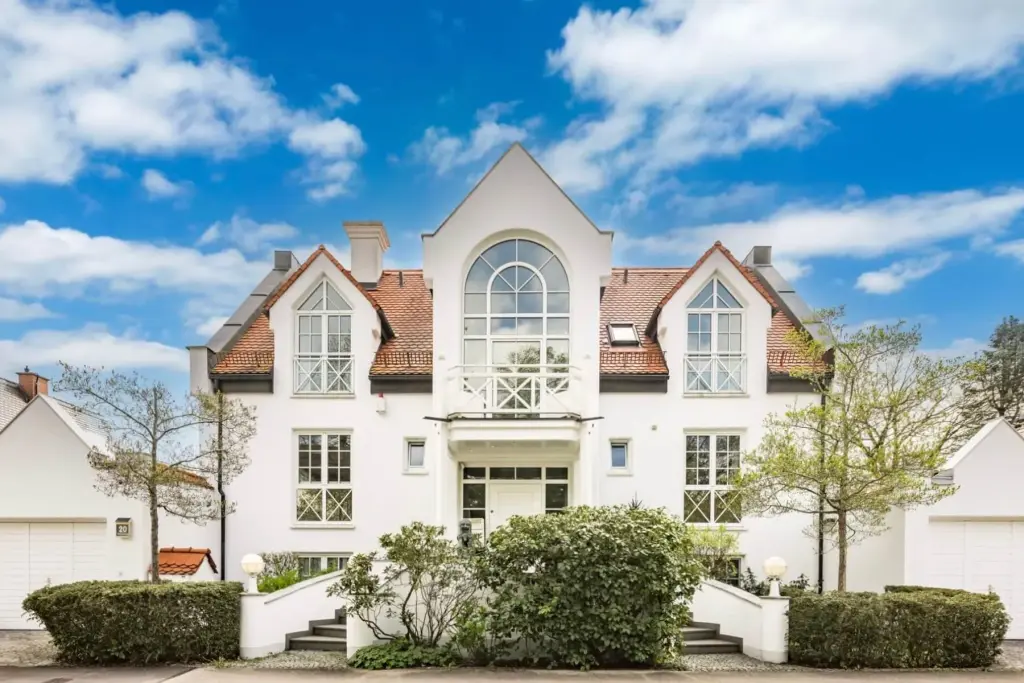
Designing Homes for the Future: Smart Technologies in Home Interiors
Designing Homes for the Future: Smart Technologies in Home Interiors
The way we design our homes is changing rapidly, thanks to the advancement of smart technologies. In today’s world, homes are no longer just physical spaces; they are becoming interconnected, functional, and more efficient, thanks to innovations in smart home technology. These advancements are not only improving how we live but also reshaping the way interior spaces are designed. From smart thermostats to voice-controlled lighting, smart home technologies are enhancing both the functionality and aesthetics of modern interiors.
1. The Rise of Smart Home Technologies
Smart home technologies refer to devices and systems that connect to the internet and can be controlled remotely, typically via a smartphone or voice commands. These technologies are designed to make life more convenient, energy-efficient, and secure. With the rapid adoption of the Internet of Things (IoT), an increasing number of household devices are becoming "smart" and integrated into one seamless system.
From refrigerators that can tell you when you’re low on groceries to light bulbs that adjust to the time of day, smart technologies are changing the way we interact with our living spaces. As we move into the future, these technologies will continue to evolve, offering new ways to enhance the functionality and efficiency of our homes.

2. Smart Thermostats and Climate Control
One of the most noticeable impacts of smart technology on home interiors is in climate control. Traditional thermostats often require manual adjustments, leading to wasted energy when the house is too hot or too cold. Smart thermostats, on the other hand, offer automated climate control that adapts to the household's schedule and preferences.
Popular smart thermostats, such as Nest and Ecobee, learn the habits of homeowners, adjusting temperatures based on when people are home or away. These thermostats help conserve energy, leading to lower utility bills, while also ensuring that the home stays at a comfortable temperature. Many of these devices can be controlled remotely through smartphone apps, making it easy for homeowners to adjust settings no matter where they are.
Incorporating smart thermostats into home designs can greatly enhance comfort and energy efficiency, aligning with the modern desire for homes that are both functional and sustainable.
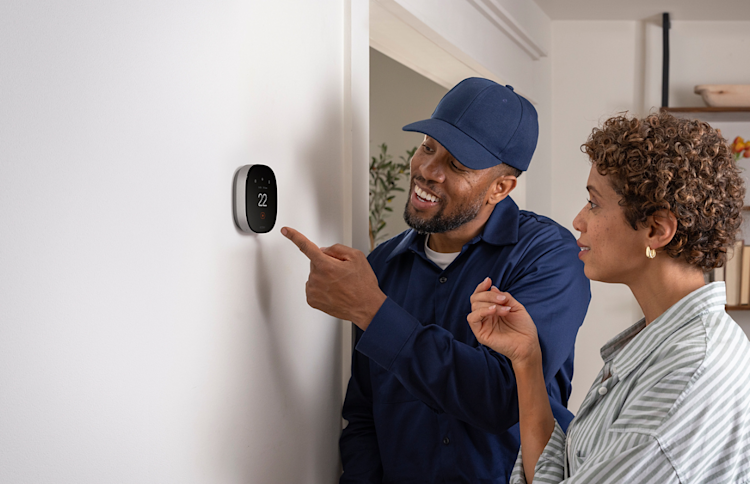
3. Smart Lighting for Efficiency and Atmosphere
Lighting plays a crucial role in setting the mood and functionality of a home’s interior. Traditional lighting systems often lack flexibility, forcing homeowners to manually turn lights on and off. However, smart lighting solutions are changing the way we illuminate our spaces.
Smart lighting systems, like Philips Hue and LIFX, allow users to adjust the brightness, color, and even the ambiance of their lighting with a simple voice command or through an app. This creates a more dynamic living environment where lighting can be personalized for different times of day, activities, or moods. Smart bulbs can even sync with other smart home devices, like music systems, to create a fully immersive experience.
For example, homeowners can program lights to gradually brighten in the morning, simulating a natural sunrise, or set them to dim in the evening to create a cozy atmosphere. Smart lighting systems also promote energy efficiency by allowing users to schedule lights to turn off when not in use, preventing unnecessary power consumption.
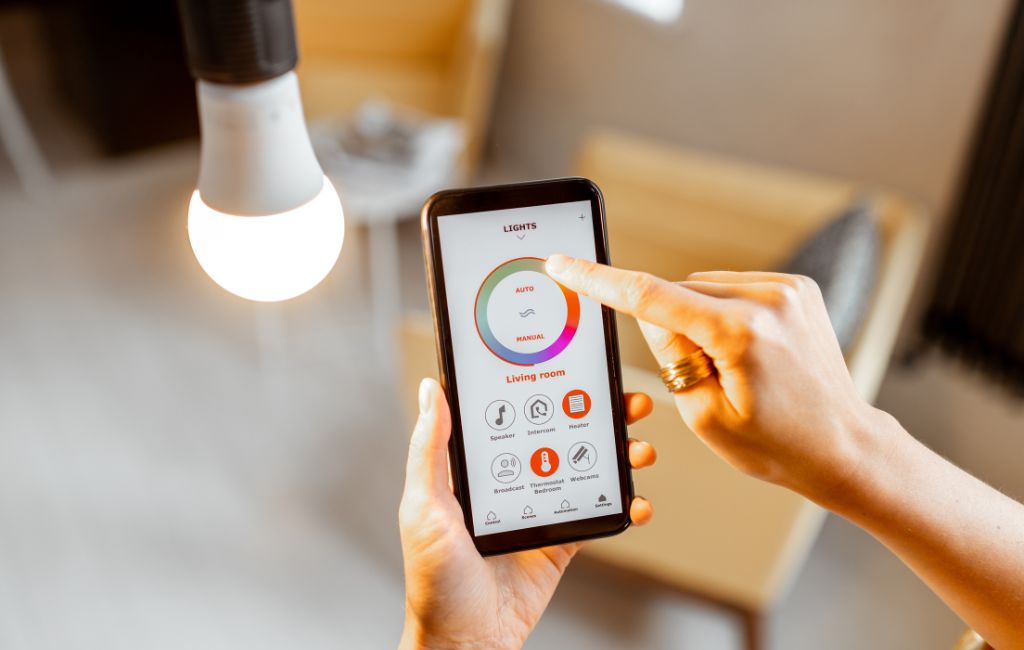
4. Voice-Controlled Devices and Automation
Voice-controlled devices have become one of the most popular features in smart homes. Powered by assistants like Amazon Alexa, Google Assistant, and Apple Siri, these devices allow homeowners to control nearly every aspect of their home using voice commands.
Voice-activated technologies are transforming home interiors by adding an element of convenience and accessibility. Homeowners can control smart lighting, adjust thermostats, play music, or even order groceries with simple spoken instructions. This hands-free approach to home management adds an intuitive layer of control and enhances the overall user experience.
Incorporating voice-controlled smart devices into the design of a home can reduce clutter, as it allows for the elimination of traditional switches and remotes. For example, voice-controlled shades can automatically adjust based on the time of day, providing privacy and comfort without the need for manual intervention.
5. Smart Security Systems for Peace of Mind
Security is one of the most important aspects of a home, and smart technology has made it easier than ever to protect your living space. Modern smart security systems integrate features like motion sensors, surveillance cameras, and doorbell cameras, all of which can be monitored and controlled remotely via smartphone apps.
Smart locks, which use Bluetooth or Wi-Fi to allow keyless entry, are also becoming a popular addition to home interiors. Homeowners can lock and unlock their doors remotely, grant access to visitors, and receive real-time notifications if there is suspicious activity around their property.
These security systems can be seamlessly integrated into a home’s design, with devices like cameras and sensors being discreetly placed to blend in with the interior décor. This ensures that safety features are present without detracting from the aesthetic of the space.
6. Smart Appliances for Efficiency and Convenience
In addition to lighting and security systems, smart technology is also revolutionizing the way we use household appliances. Smart appliances, such as refrigerators, ovens, dishwashers, and washing machines, offer advanced features that make everyday tasks easier and more efficient.
For example, smart refrigerators can track your food inventory, notify you when products are running low, and even suggest recipes based on available ingredients. Smart ovens can be preheated remotely, and smart washing machines can alert you when your laundry is finished.
These appliances are designed not only for convenience but also for energy efficiency. Many smart devices are equipped with sensors that adjust their operation based on usage, preventing overuse of water and energy. This helps homeowners save money while contributing to sustainability.
7. Integration and Connectivity: A Unified Home System
Perhaps the most exciting aspect of smart home technologies is their ability to work together in a cohesive system. Through smart home hubs like Amazon Echo, Google Nest, or Samsung SmartThings, all of these devices can be integrated into a single network, allowing homeowners to control everything from one central location.
This integration is shaping the future of home design by encouraging a seamless flow between various elements of the home. Designers and architects are increasingly considering how smart technology can be incorporated into every room, from the living room and kitchen to the bedroom and bathroom, ensuring that homes are not only visually appealing but also functional and connected.
The ability to control everything through one app or voice command allows for a higher level of convenience, streamlining home management and allowing for a more organized and efficient living environment.
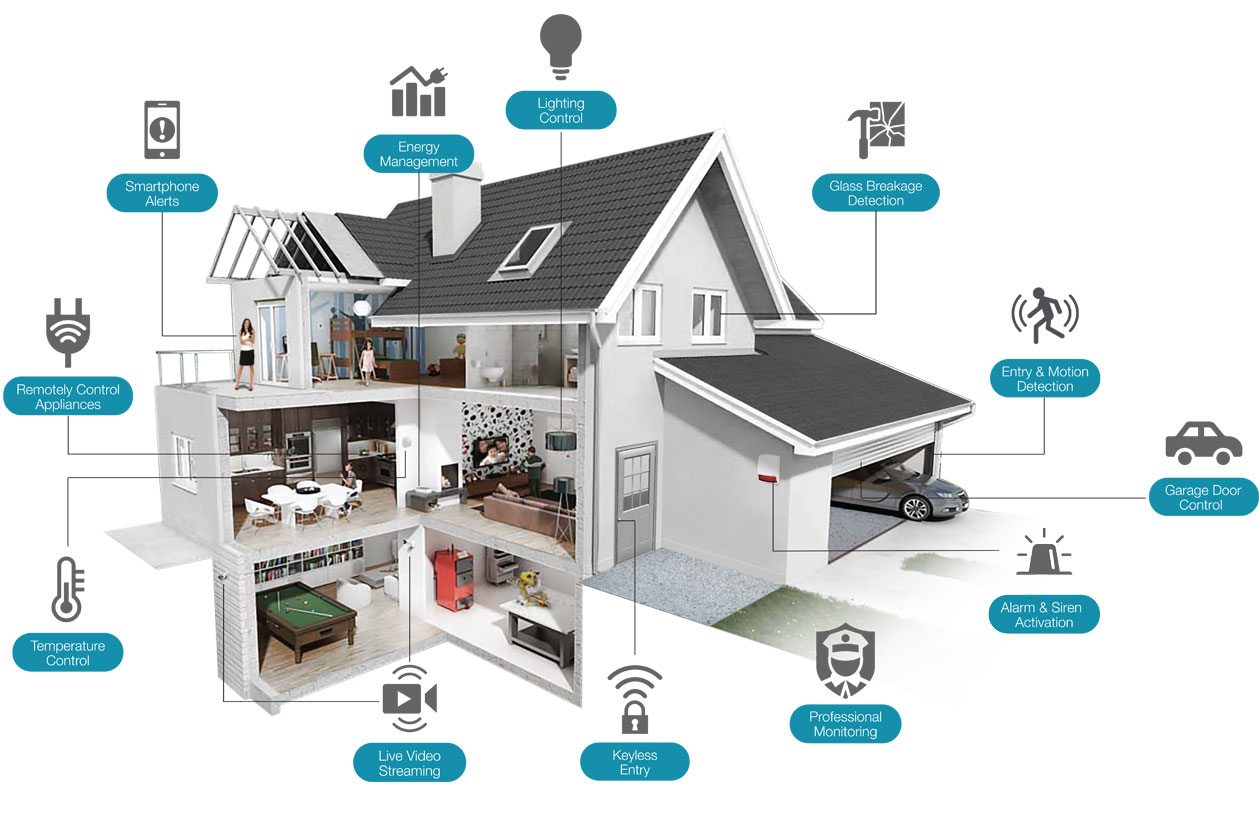
8. Designing Homes with Smart Technology in Mind
As smart technologies continue to evolve, interior designers and architects are finding new ways to integrate these devices into home designs. Smart devices can be embedded into walls, ceilings, and furniture, creating a sleek, futuristic aesthetic. For example, hidden speakers, in-wall charging stations, and integrated screens allow homeowners to enjoy all the benefits of smart technology without sacrificing style.
Additionally, designers are focusing on creating spaces that are adaptable to future technology. This means ensuring that homes are wired to accommodate future smart devices and that the design remains flexible as new technologies emerge. Smart homes of the future will be built with the understanding that technology is continuously advancing, and their designs will reflect this by being ready to evolve with the times.
Conclusion
The integration of smart technologies in home interiors is not just a passing trend—it’s a fundamental shift in how we think about home design. As these technologies continue to evolve, they will shape the homes of the future, making them more efficient, functional, and connected. From energy-saving systems to seamless home automation, smart technologies are enhancing the way we live and creating spaces that are not only beautiful but also highly functional and sustainable.
As we move into the future, designing homes with smart technologies in mind will be essential for creating spaces that are both innovative and adaptable to the changing needs of homeowners. The future of home design is bright, and it’s smart.
